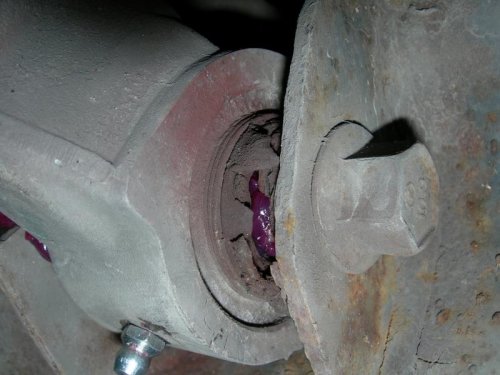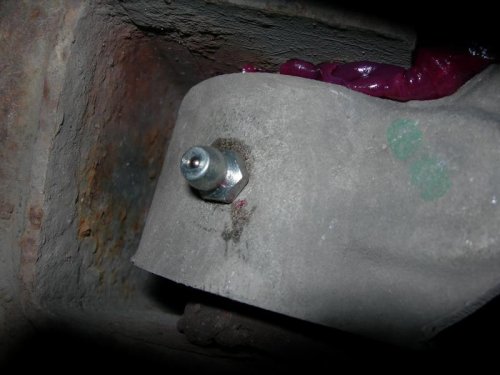Well the installer tube could be made by the machine shop to proper dimensions. I'm thinking the OP had his own personal resources for that. Alignment starts by eye,,, and all parts being square. Once the bushing finds the contol arm bore,,, evrything should slide right in... it all depends on everyting being square, (why do I feel like I'm giving a sex ed course).
Freezing the bushings and heating the control arm is a good idea. I've done this with pinion bearings, (heat), and pinion gears, (freezer), with out a press. Same for differential carrier bearings. Personally,,, I think you'll need more heat than a heat gun,,,, that's why I suggested a propane torch. I don't suggetst trying to do this on a bench. Do it with the control arm on vehicle,,, like the OP did. Monitor temp of control arm with IR temp gun. Min temp at least 200 degrees. No more than 400.
You have the right idea,,, but your application needs adjustment. A long(er) high strength bolt like the OP shows in his pics,,, would be best. High strength fine thread,,, or ACME all-thread and nuts, (like a jaw puller uses), would be best. Stay away from 12 point bolt and sockets unless you have to use them. Unless hardened,,, the heads of 12 point bolts round off,,, and 12 point sockets are more prone to same.
12:40 AM here. have to get up for work at 5. Think this through,,, and don't try to cut corners to save money. It WILL bite you in the ass.


